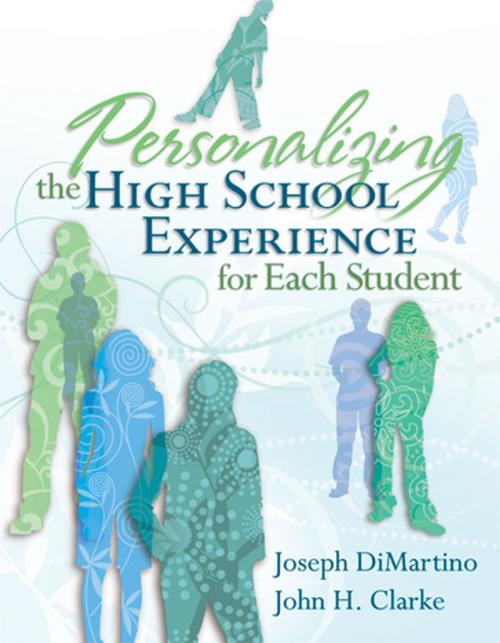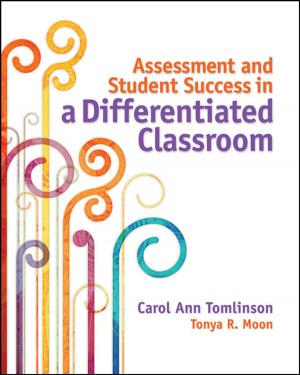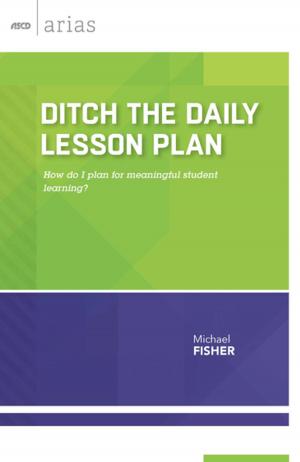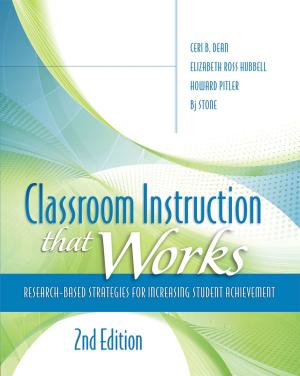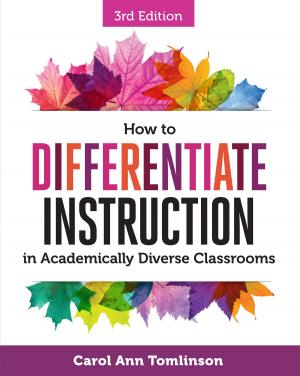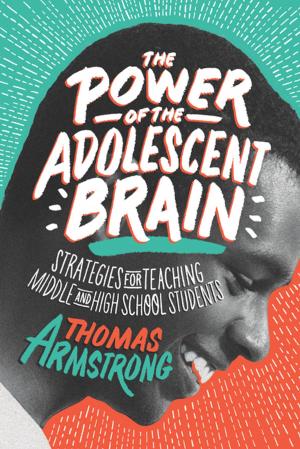Personalizing the High School Experience for Each Student
Nonfiction, Reference & Language, Education & Teaching, Teaching, Teaching Methods| Author: | Joseph DiMartino, John H. Clarke | ISBN: | 9781416616832 |
| Publisher: | ASCD | Publication: | April 21, 2008 |
| Imprint: | ASCD | Language: | English |
| Author: | Joseph DiMartino, John H. Clarke |
| ISBN: | 9781416616832 |
| Publisher: | ASCD |
| Publication: | April 21, 2008 |
| Imprint: | ASCD |
| Language: | English |
Why is it that so many students see high school as a prison sentence to be endured rather than a time to learn and grow? According to DiMartino and Clark, many high school students feel invisible and isolated. They don’t see the relevance of what they are being taught, and they don’t see how their classes are preparing them for success as adults. This book offers a new vision for high schools--a vision that puts students at the center of their learning. Personalized high schools engage students by allowing them to plan and develop their own pathways through school based on their talents, interests, and aspirations. The book describes six promising practices that are emerging in high schools: --Guided Personalized Learning. Teachers act as advisors to small groups of students over two to six years to review personal learning plans, assist in course selection, and discover opportunities in the community. --Personal Learning Plans. Students meet regularly with parents, advisors, mentors, and peers to review progress and plan next steps. --Personalized Teaching. Teachers differentiate instruction to allow students to explore different aspects of the subject and produce authentic work that shows their understanding. --Community-Based Learning. Active involvement in the community helps clarify a student’s purpose and defines the steps necessary to achieve successful adult roles. --Personalized Assessment. Rather than grades and tests scores, the work itself--portfolios, exhibitions, and student-led conferences--shows what the students have learned. --Personalizing school systems. Some schools are moving past the Carnegie unit and focusing instead on helping each student achieve specified competencies, often through learning experiences that the students themselves have helped design. These six practices can improve learning for all students by engaging them in shaping their own high school experience and discovering how the academic skills they learn in school can have meaning in the world they will negotiate as adults.
Why is it that so many students see high school as a prison sentence to be endured rather than a time to learn and grow? According to DiMartino and Clark, many high school students feel invisible and isolated. They don’t see the relevance of what they are being taught, and they don’t see how their classes are preparing them for success as adults. This book offers a new vision for high schools--a vision that puts students at the center of their learning. Personalized high schools engage students by allowing them to plan and develop their own pathways through school based on their talents, interests, and aspirations. The book describes six promising practices that are emerging in high schools: --Guided Personalized Learning. Teachers act as advisors to small groups of students over two to six years to review personal learning plans, assist in course selection, and discover opportunities in the community. --Personal Learning Plans. Students meet regularly with parents, advisors, mentors, and peers to review progress and plan next steps. --Personalized Teaching. Teachers differentiate instruction to allow students to explore different aspects of the subject and produce authentic work that shows their understanding. --Community-Based Learning. Active involvement in the community helps clarify a student’s purpose and defines the steps necessary to achieve successful adult roles. --Personalized Assessment. Rather than grades and tests scores, the work itself--portfolios, exhibitions, and student-led conferences--shows what the students have learned. --Personalizing school systems. Some schools are moving past the Carnegie unit and focusing instead on helping each student achieve specified competencies, often through learning experiences that the students themselves have helped design. These six practices can improve learning for all students by engaging them in shaping their own high school experience and discovering how the academic skills they learn in school can have meaning in the world they will negotiate as adults.
